[ad_1]
Do any of these eventualities sound acquainted?
You’re heading out to a restaurant to satisfy some mates. You’re on the cellphone collectively along with your mom talking over the plans and likewise you by likelihood say, “We’re going to grab dinner.”
On the phrase “dinner,” your canine leaps to her ft and runs into the kitchen to await her bowl.
Or, you’re on the purpose of depart the house. You say to your confederate, “Did you place gasoline throughout the c-a-r?” Because of you already know whenever you say “automotive,” your canine could be off like a rocket, ready for a journey.
Or, maybe, your canine is conscious of “vet” means, properly, the vet. So, it is a should to fastidiously focus on spherical it whereas getting ready for an appointment so your pup doesn’t run off and conceal. “Now we have to get his poop sample for the pet doctor.”
Or, really, another phrases associated to at least one factor your canine wants (or would not want): take care of, stroll, cat, and so forth.
In each of these conditions, you’re seeing the outcomes of incidental learning at work!
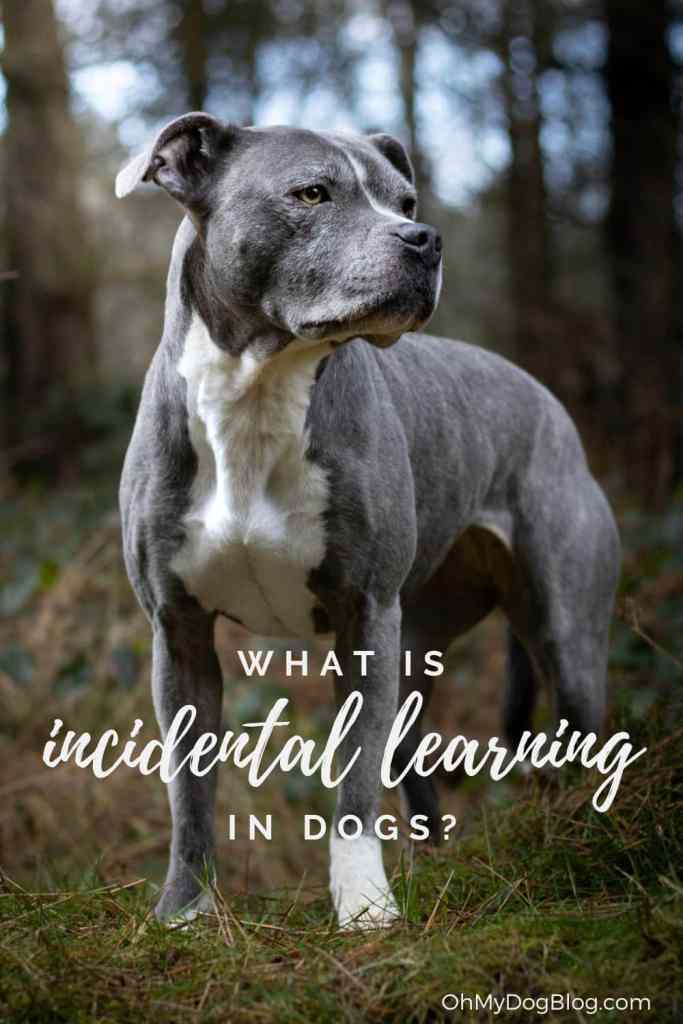
Social learning, latent learning, incidental learning, canine learning idea: What does all of it indicate?
Let’s do a quick definition breakdown.
To start with, latent learning, incidental learning, and implicit learning all indicate simply concerning the an identical issue. Normally, incidental and implicit learning describe human learning, whereas latent learning describes animal learning. Why? I don’t know. Nevertheless all of them seek advice from the an identical means of shopping for data by the way in which.
A helpful definition (bolded sections are my emphasis):
Incidental learning is unintentional or unplanned learning that outcomes from completely different actions. …
Incidental learning occurs in some methods, along with the following: by comment, repetition, social interaction, and draw back fixing; from implicit meanings throughout the classroom or workplace insurance coverage insurance policies or expectations; by watching or talking to colleagues or specialists about duties; and from being pressured to easily settle for or adapt to situations. Incidental learning is positioned, contextual, and social.
https://eric.ed.gov/?id=ED446234#:~:textual content material=Incidentalpercent20learningpercent20occurspercent20inpercent20many,forcedpercent20topercent20acceptpercent20orpercent20adapt
Your canine (and your little one, accomplice, coworker…) is learning frequently with out aspiring to be taught. So, not like studying or memorizing or sitting in a classroom purposefully shopping for information, incidental learning happens with out intention.
I found a bunch of fascinating US historic previous from watching Hamilton. I didn’t watch it to be taught. I wanted it to be entertained and found particulars by the way in which.
Whereas having fun with board video video games, a toddler learns basic addition as he strikes his piece in accordance with what he rolls on two dice. He isn’t which suggests to be taught {{that a}} 2 roll plus a 3 roll equals shifting 5 squares. Comparable with children who uncover methods to study a map whereas having fun with a on-line sport. The academic is incidental to the pleasing.
How do canines be taught by the way in which?
A few examples from the canines who’ve been in my life:
Through repetition, Emmett found that when he obtained a bathe throughout the morning, he was going to work as a treatment canine.
Through draw back fixing, Cooper found he would possibly pop open his crate himself. He shoved the pan out from beneath first on account of it pressured the once more hinges open and he would possibly wiggle out.
Through social interaction, Penny found she is going to get pets immediately if she bops you collectively along with her nostril.
I’d prefer to know what you’ve seen your canine learning by the way in which. What does your canine know that you simply simply didn’t intentionally educate?
Is the form of learning good or unhealthy?
It is what it is. I’ve seen so many posts about “how do I get my canine to stop xyz” or “to do abc.” Correctly, after we (or our canines) buy information by the way in which, it’s pretty anchored in and would possibly solely be modified intentionally.
For Penny’s occasion, the nostril bopping is great annoying. She does it each time she wants consideration, and it could be disruptive. For instance, she spends an incredible chunk of the morning shoving my arm off my mouse and keyboard in quest of consideration after I’m trying to begin out my work day. Not splendid. Nevertheless, moreover, not one factor I’m going to work onerous on to proper on account of she lastly takes a toy and goes to the couch.
For canines who be taught phrases (automotive, dinner, cooking, stroll), individuals can use it to our profit to encourage the conduct we want. And, after we don’t want the conduct, we’re outfitted to give you quite a few synonyms and codes to not spark the response.
How is incidental learning utterly completely different from classical or operant conditioning?
Classical conditioning informs most likely essentially the most basic canine teaching methods. The well-known occasion, in any case, demonstrated canines found {{that a}} bell signified meals was on the way in which wherein. Over time, this evaluation led to clicker teaching: a conduct earns a click on on and the press means a reward is on the way in which wherein!
This may increasingly happen by the way in which. For instance, if each time you carry the leash off its hook by the door, it makes considerably jingle sound, your canine will most likely be taught by repetition that listening to the jingle means he’s going for a stroll.
Nonetheless, classical conditioning is often intentional, not incidental.
Operant conditioning focuses on the consequence of a conduct. Stylish, science-based trainers use constructive reinforcement these days (using treats or reward to encourage a particular conduct). Usually the consequence is incidental (usually often known as a pure consequence) like when a canine jumps up on the kitchen counters while you’re at work and indulges throughout the bag of bagels omitted.
How does a canine with a incapacity be taught this way?
This can get to the middle of why I started researching this.
Lots incidental learning happens with a daily routine (comment and repetition) after which turns into habituated. For instance, if it’s near-ish to 5 PM, as shortly as I open the silverware drawer, Ripley assumes I’m about to feed them, so she runs to the kitchen. Penny, with none listening to, has not however made any affiliation with meal situations.
After we talk about automotive, vet, take care of, and so forth, she’s not selecting one thing up by the way in which.
Does she should? No. In actual fact not.
Would it not not be helpful? Fully. For her and for me.
She is learning by the way in which from comment, social interaction, and draw back fixing, and fewer so by repetition–a minimal of that I’ve seen–nevertheless her conduct isn’t exhibiting me that she’s acquired a whole lot of information by the way in which however.
Fortuitously, when Astrid was a toddler and enrolled in our state’s early intervention program, one in every of our therapists spoke extensively about how vital incidental learning is to children. She beneficial we sign or narrate all of the issues so Astrid would possibly select up on the problems she couldn’t by means of her ears. I’m theorizing / questioning that always signing with Penny might help her buy information by the way in which, too. So, I’m going to offer it a whirl.
Let me know whenever you’re enthusiastic a few deeper, additional specific exploration of incidental learning in canines with disabilities like deaf, blind, deafblind, and so forth.
5 strategies to promote incidental learning in your canine:
You probably can capitalize on the incidental learning course of whenever you’ve acquired one factor specific in ideas you want your canine to be taught that you simply simply don’t understand how one can or don’t want to organize.
- Practice your canine instantly nevertheless in an incidental technique. Let’s say you want your canine to “confirm in” with you whilst you’re out on a hike. Whether or not or not you haven’t however started teaching or hit a snag, try an incidental route. Allow your canine to odor and uncover, nevertheless pay terribly shut consideration and reward your canine for any confirm in with out asking for it. In the end, these confirm ins will become automated.
- Put your canine in situations the place incidental learning can occur. This suggests it is important be intentional collectively along with your conduct, the phrases you make the most of, and the way in which you dole out rewards. In actual fact, that doesn’t indicate all day prolonged, nevertheless moderately solely spherical these duties or experience you want your canine to be taught.
- Comply along with your canine’s pursuits. Acquired a canine who likes to play ball nevertheless who barks her face off on the doorbell? Use it! Toss her a ball when the doorbell rings. Perhaps, over time, she’ll run to grab her ball when she hears the bell.
- Assure consideration. In the event you want your canine to be taught one factor from watching you, first make certain that your canine is listening to you! This can be as simple as calling his or her title or as even merely able to do one factor until your pup appears over at you naturally.
- Sprinkle in learning with pleasing. In case you’re having fun with tug, work on an automatic sit or heel or regardless of conduct it is advisable to positioned on autopilot. In between play bouts, encourage the conduct. Your canine is targeting the pleasing whereas shopping for new experience.
What has your canine found unintentionally? Has this put up sparked any ideas for a way one can capitalize on incidental learning? share throughout the suggestions!
BTW, whenever you liked this put up, I’m thrilled! And in addition you’ll most probably benefit from my forthcoming e book, For the Love of Canine, from Regalo Press in February 2025. It’s chock full of the latest evaluation in canine cognition combined with tales of my canines to ship that evaluation to life.
To stay up-to-date on the latest with my publication data, please be a part of the mailing file or observe alongside on Instagram. I’d love to connect with you additional!
{Photograph} by Amy Starr on Unsplash
Study Additional
[ad_2]
Provide hyperlink
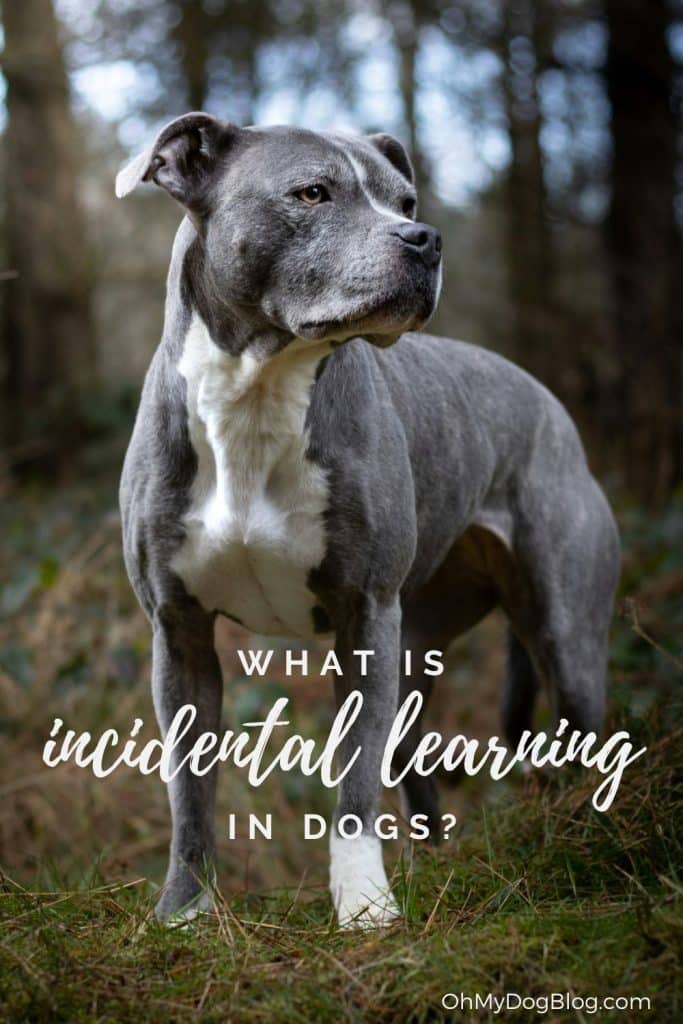
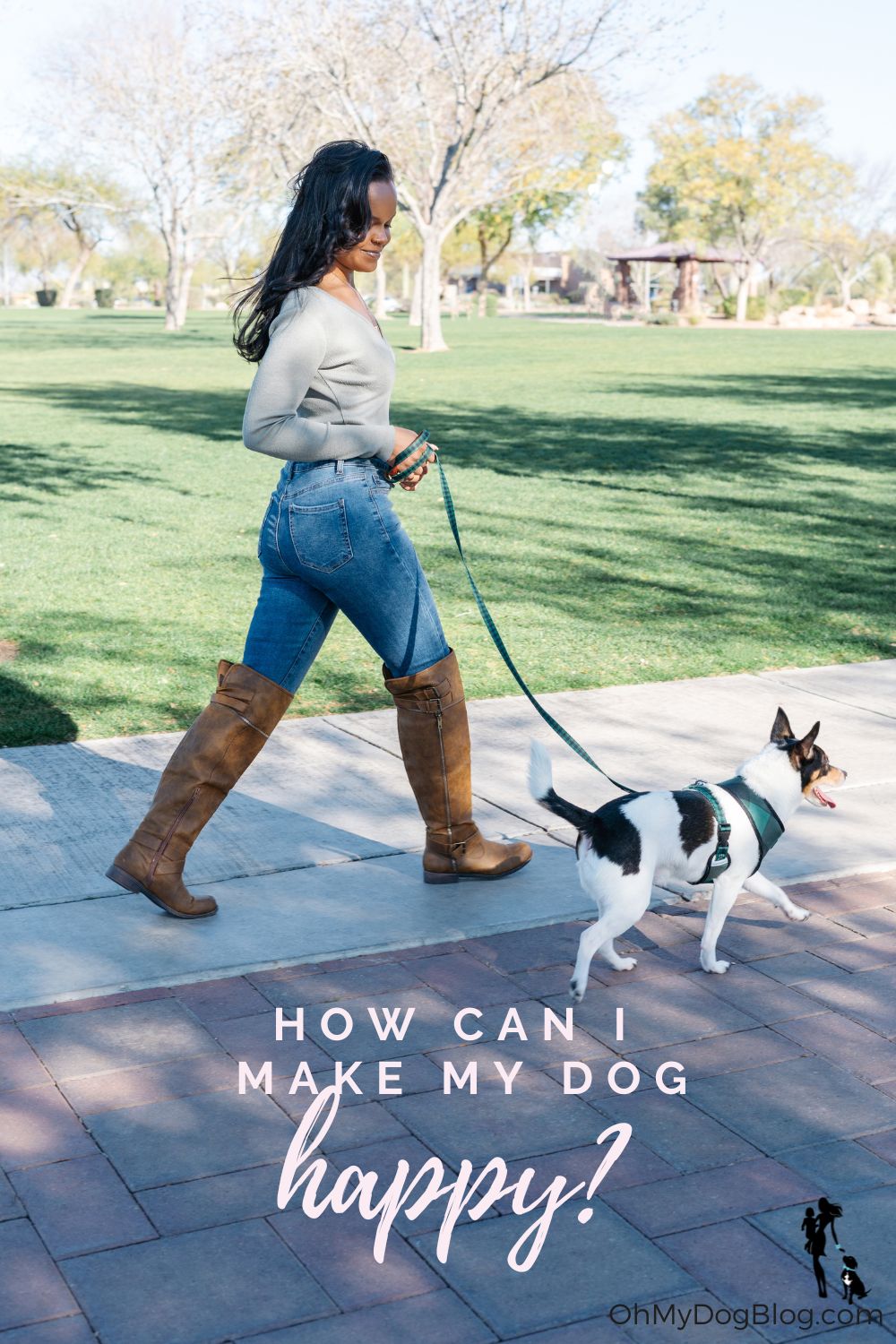
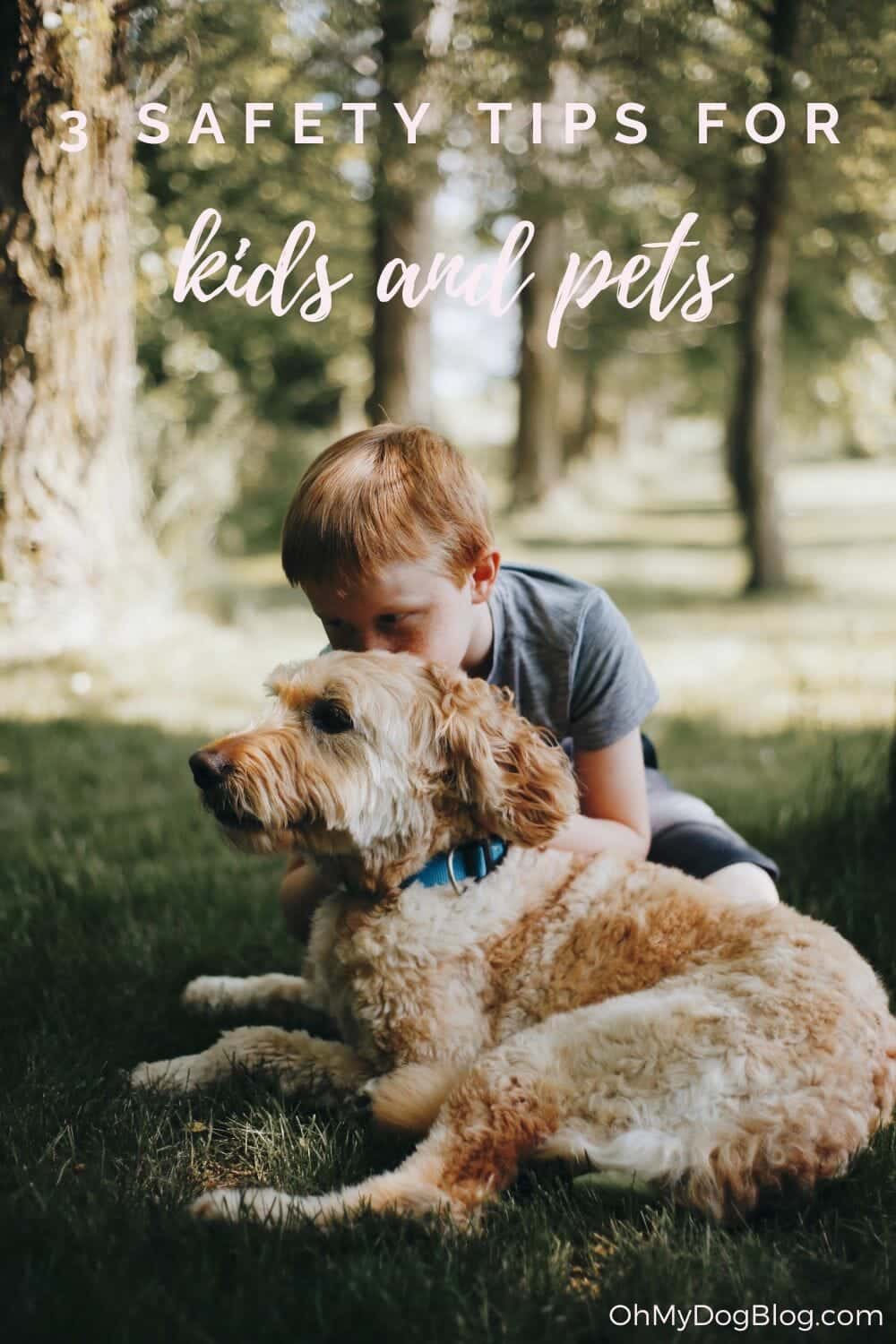
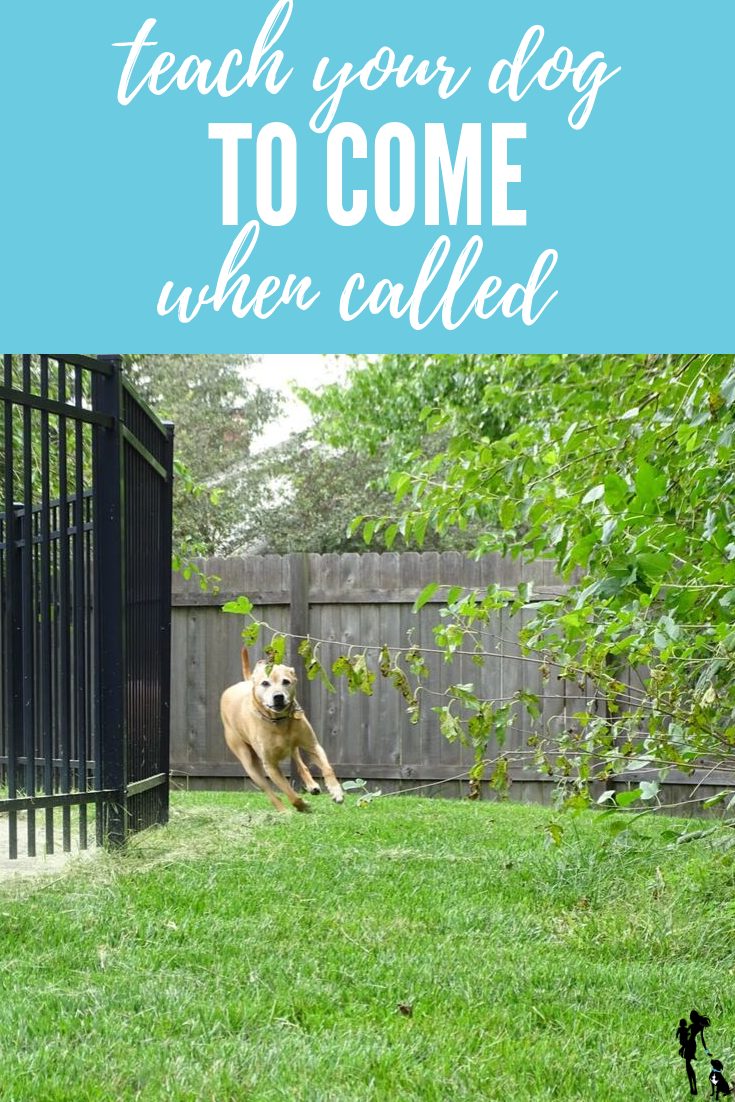
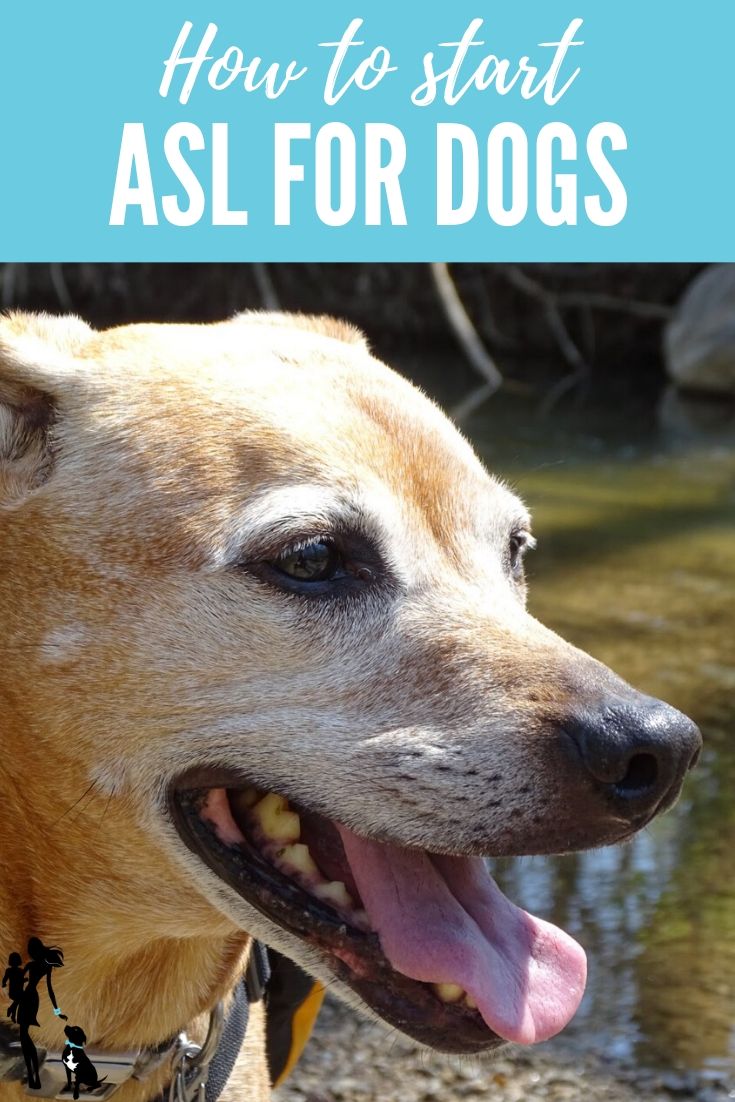
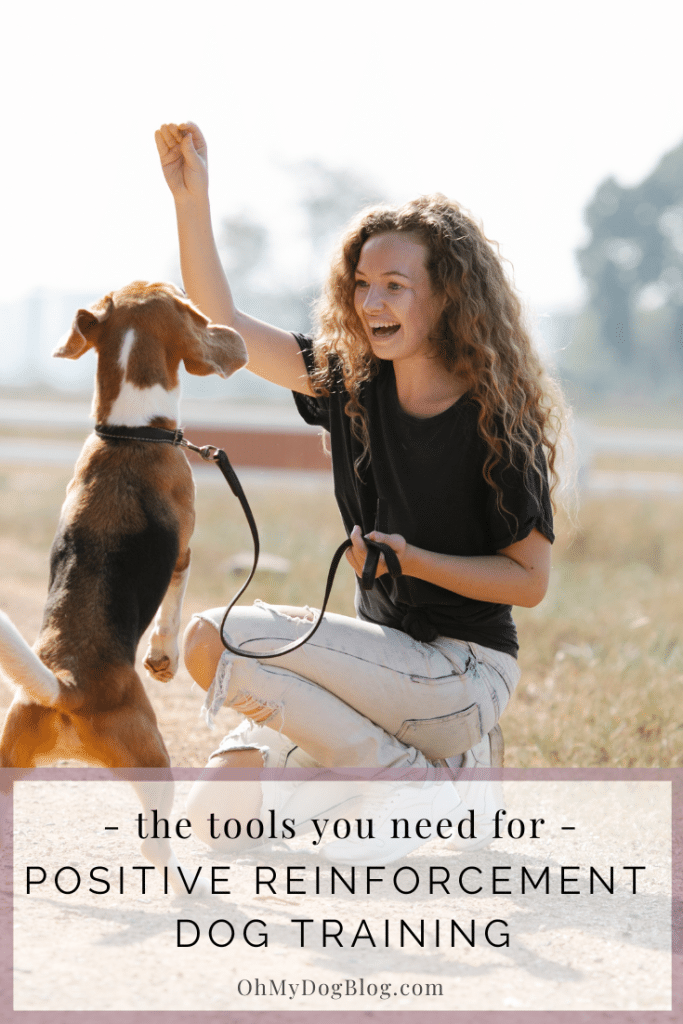
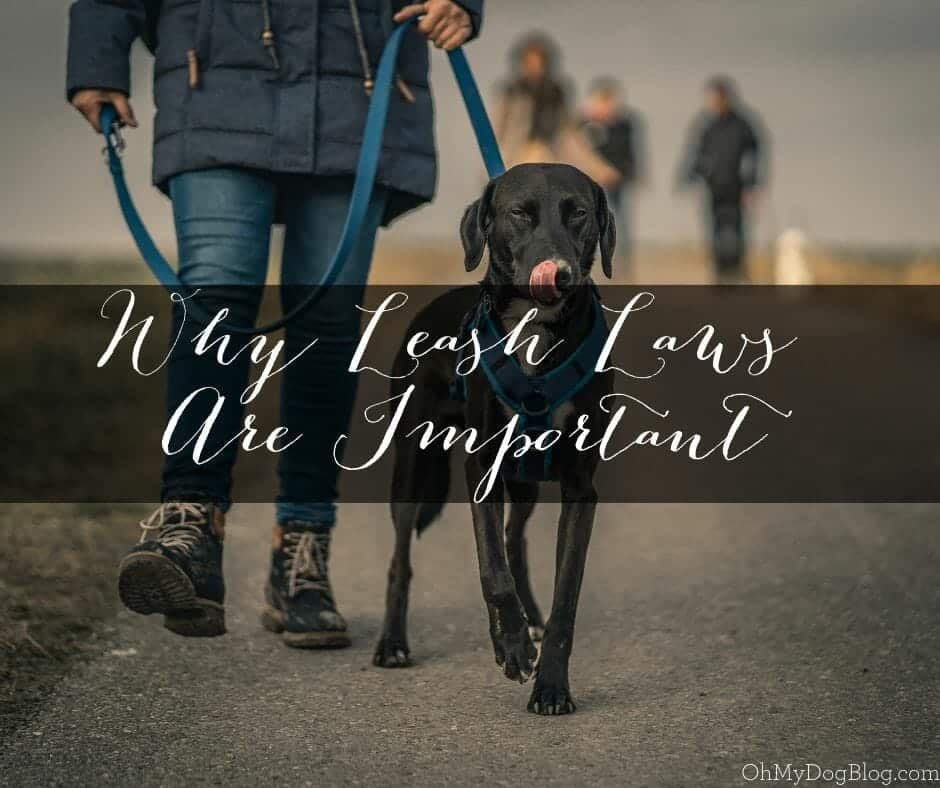
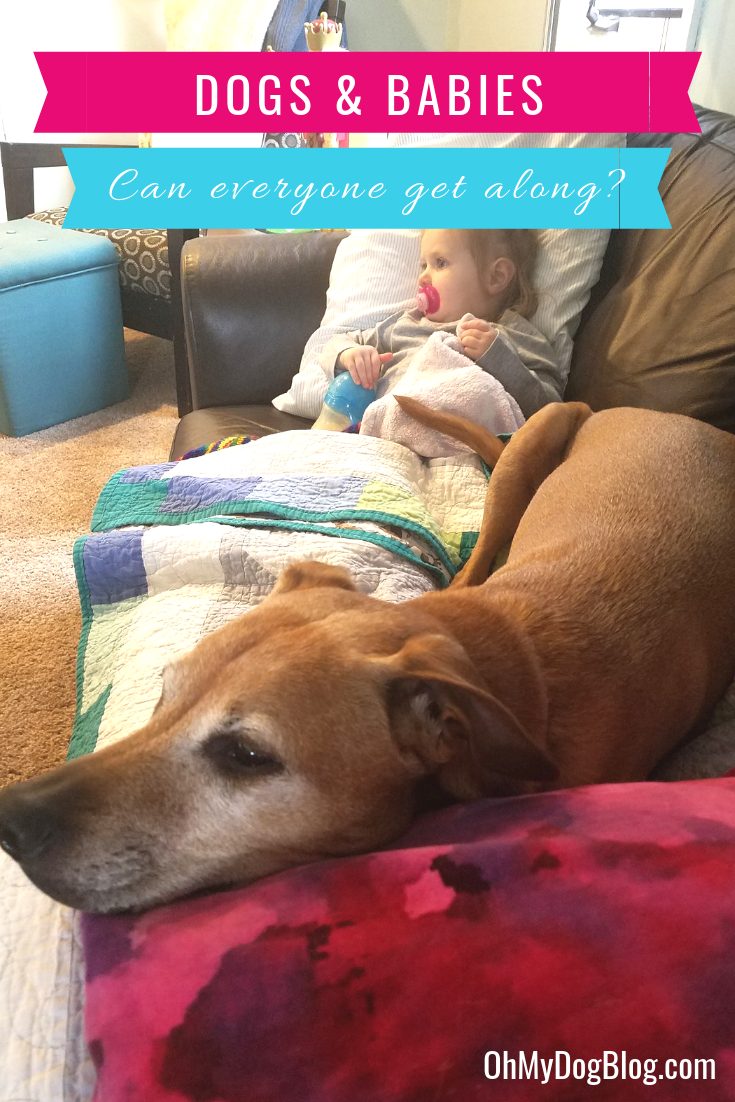
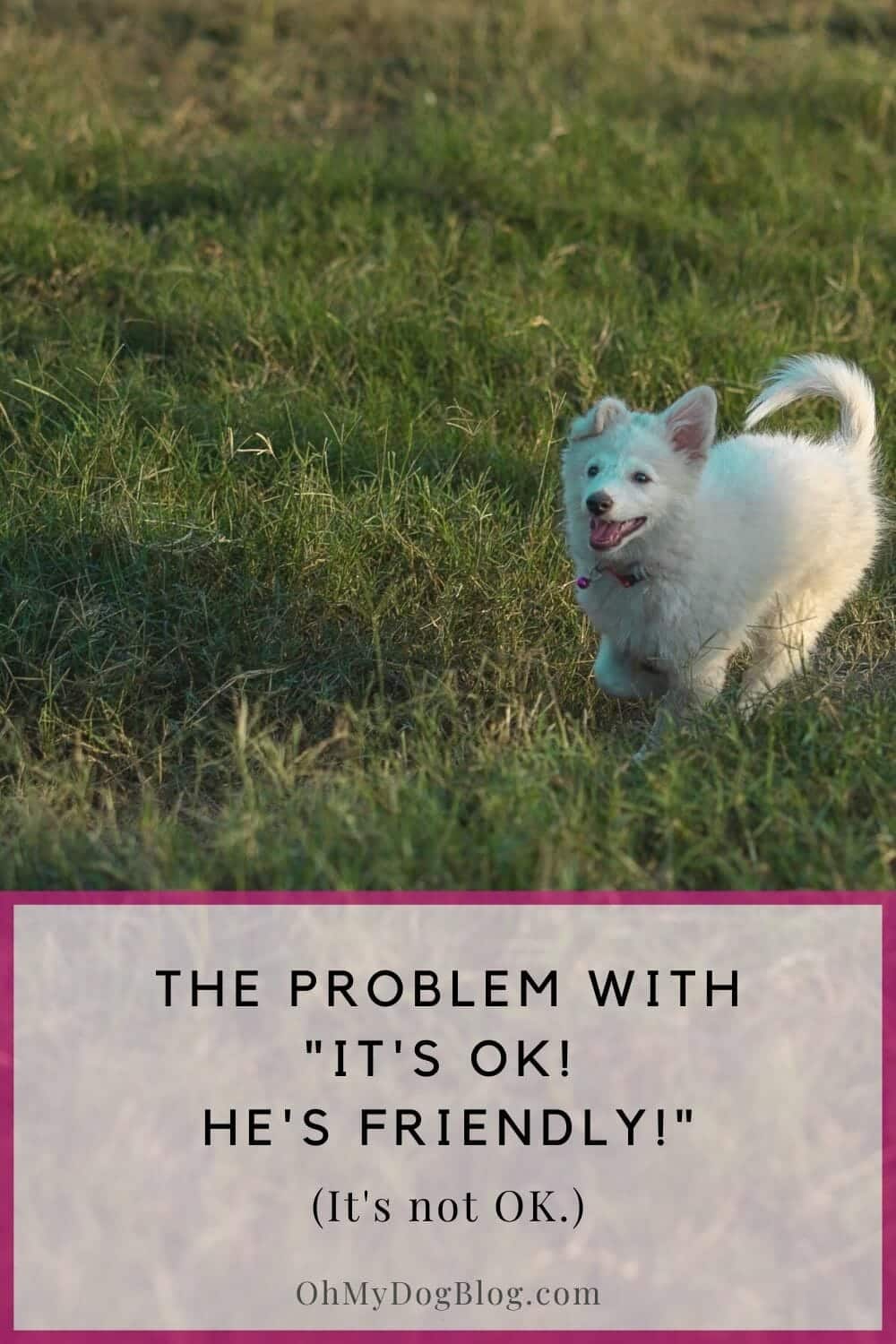
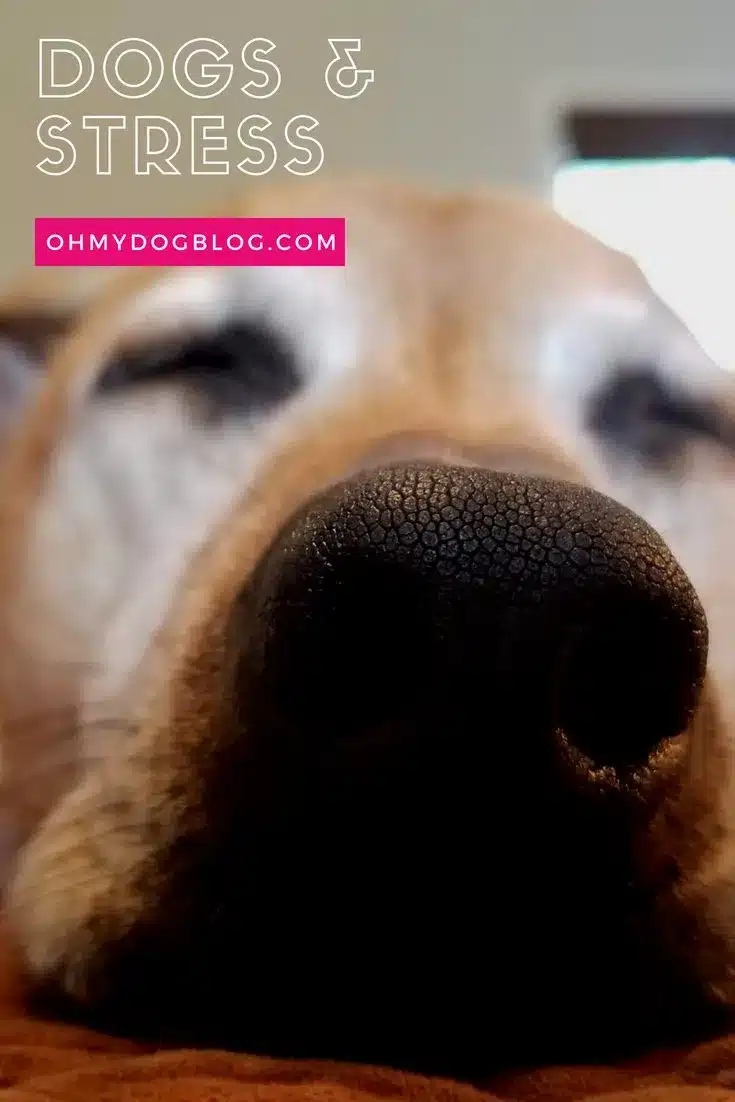
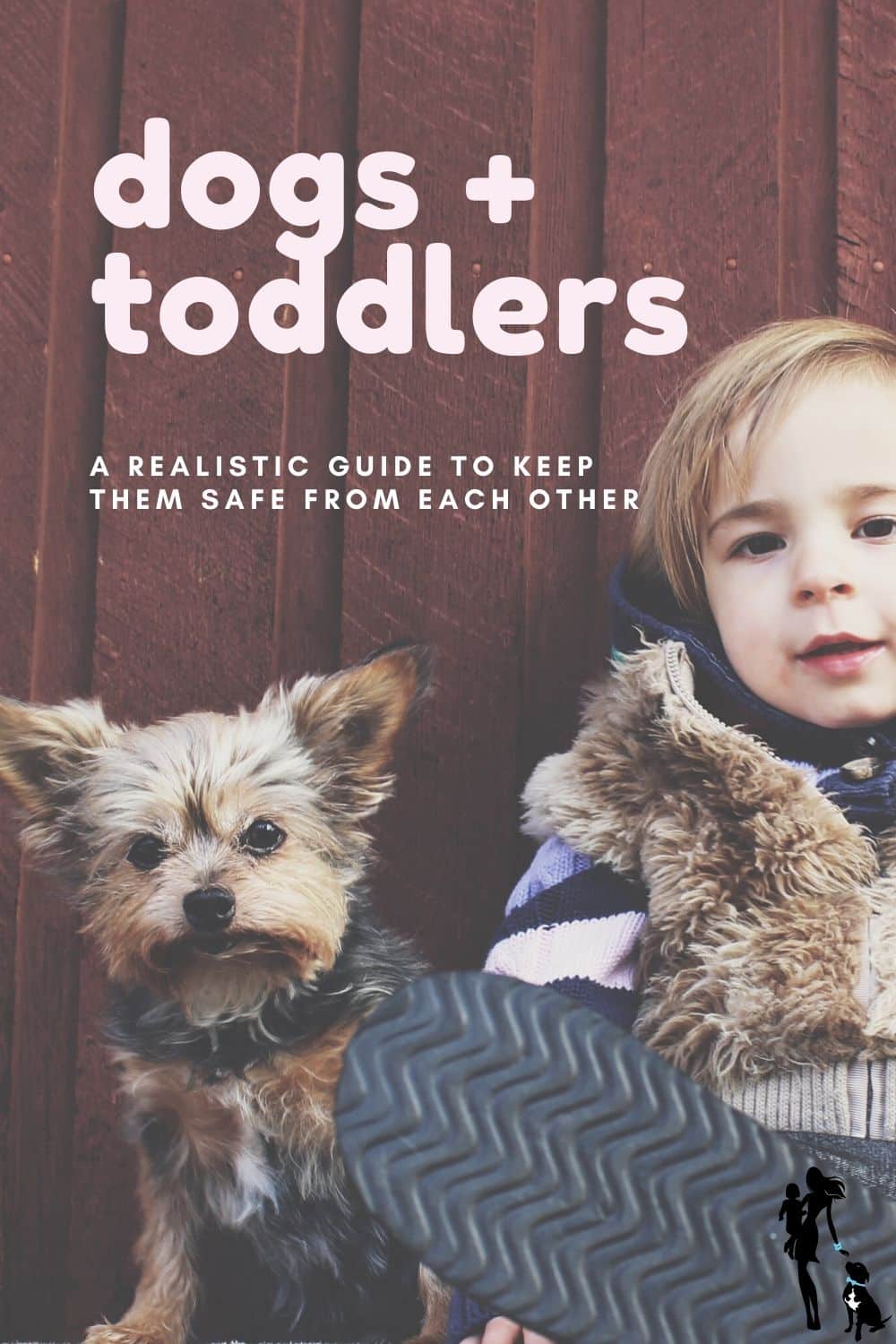

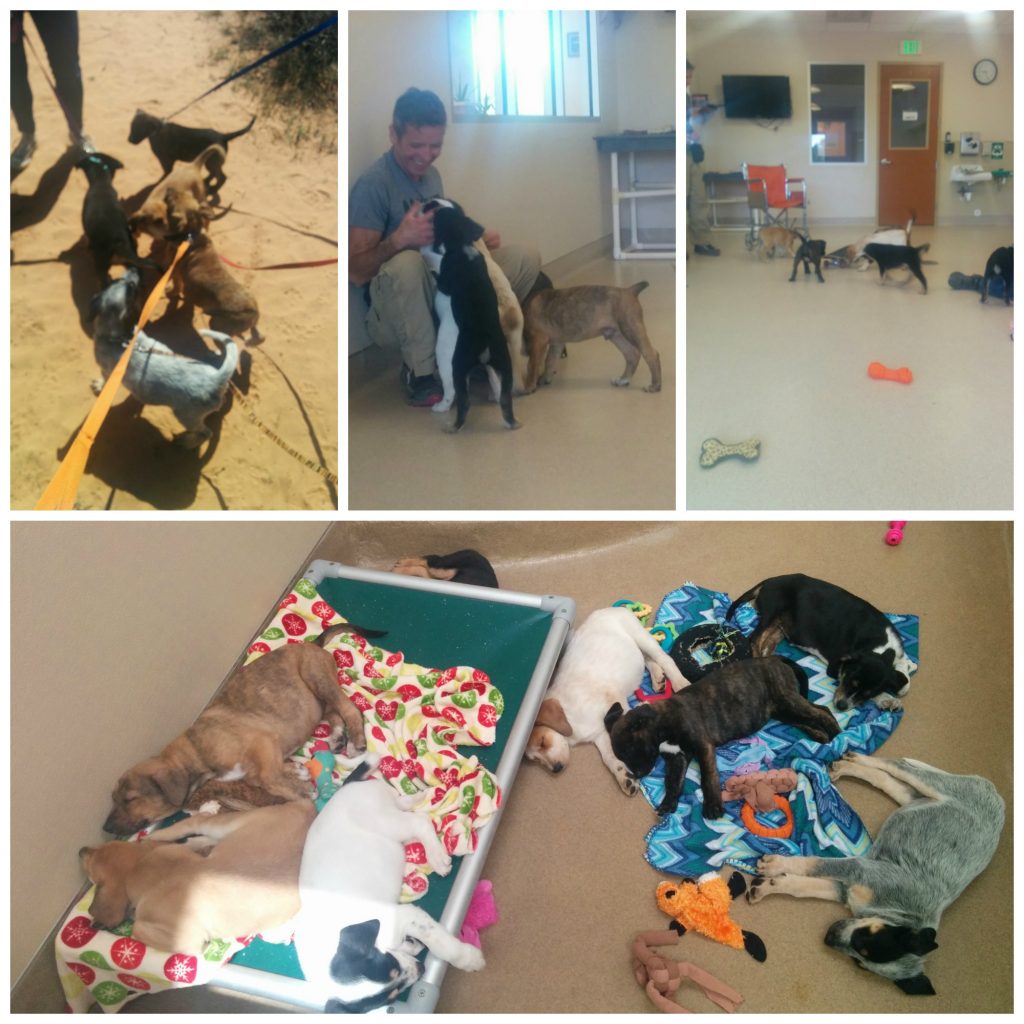

Leave a Reply